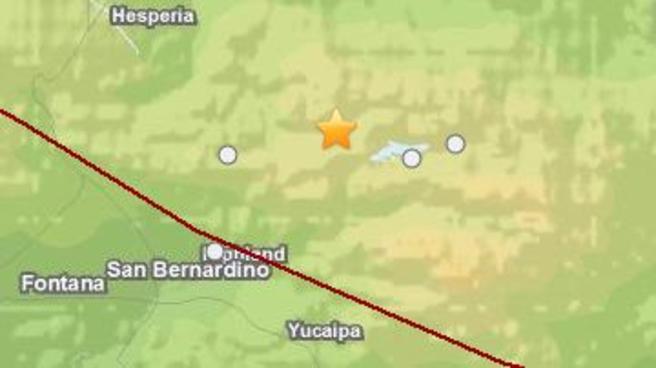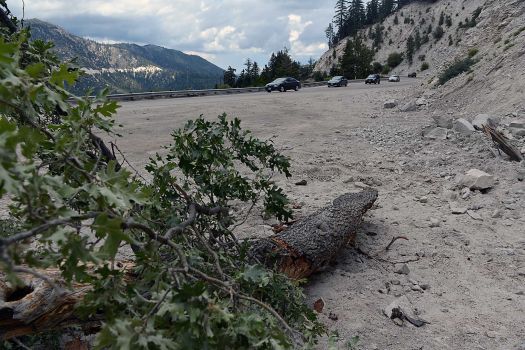Stromboli (Eolian Islands, Italy): Activity remains elevated. A high level of magma causes continuous spattering and many strombolian eruptions from several vents on the crater terrace:
Frequent rockfalls are occurring on the Sciara del Fuoco, but (so far at least) no new lava overflows.
Sakurajima (Kyushu, Japan):

Ash plume hovering over the southeastern sector of Sakurajima this morning (Tarumizu webcam)
A stronger phase of activity is occurring at the volcano. During the past 24 hours, 4 vulcanian-type explosions were registered, ejecting ash plumes to up to 13,000 ft (4.2 km) altitude. In addition, the volcano has continuous phases of ash emissions following the explosions. Ash plumes, some of them relatively thick have been drifting S, SE and E. Compared to last year, the volcano has been less active, however. So far, there have been approx. 240 recorded eruptions (explosions), while this number last year at the same time was already almost double (435).
Kilauea (Hawai'i): (29 Jun) A new lava breakout occurred Friday early morning (local time) from a new vent on the outer northern flank of Pu'u 'O'o crater. It feeds a new lava flow with several branches headed to the north and northeast. The most advanced of the them traveled to the NW and had quickly reached a length of approx 1 km yesterday, but has not advanced much since.
The event was marked by a sudden deflation of the cone, indicating that magma drained from underneath the Pu'u 'O'o crater terrace and moved to the new vent. This rapid drop in magma level under the crater terrace resulted in the collapse of several of the spatter cones. Until yesterday, these had been the site of frequent overflows and were feeding the Kahaual'a2 flow field.
Overall, activity at the volcano has been relatively stable over the past months, with good magma supply to both the summit lava lake in Halema'uma'u and the Pu'u 'O'o vents on the eastern rift zone in 10 km distance. The new vent at Pu'u 'O'o is simply a change in the surface configuration of vents for Kilauea's continued magma supply.


Comment: It is possible that earthquakes are caused by the impact (or overhead explosion) of space rocks.From 2008, Meteorites, Asteroids, and Comets: Damages, Disasters, Injuries, Deaths, and Very Close Calls:
"Over the past few years, while SOTT.net has been tracking the increasing flux of fireballs and meteorites entering the earth's atmosphere, we have been, by turns, amused and horrified at the ignorant reactions and declarations that issue from academia and the media regarding these incursions. A few years ago, we read that "this is a 'once in a hundred years' event!" Not long after it was a "once in a lifetime" event. Still later, after a lot more incidents it became a "once in a decade" event. More recently, it has been admitted in some quarters that meteorites hit the ground (as opposed to safely burning up in the atmosphere) several times a year! And of course, we have discovered the fact that the governments of our planet are well aware that there are atmospheric explosions from such bodies numerous times a year. We have also learned in this series that the frequent reports of unusual booms and shaking of the ground is often due to such overhead explosions. Yet the media steadfastly refuses to honestly address this issue, though we have noted a plethora of recent articles presenting opposing academic arguments designed to put the populace back to sleep, to reassure them that there is nothing to worry about, that such things only happen every 100,000 years or so, and certainly, the Space Watch Program is going to find all the possible impactors and take care of things."
See also: Impact Hazards on a Populated Earth?